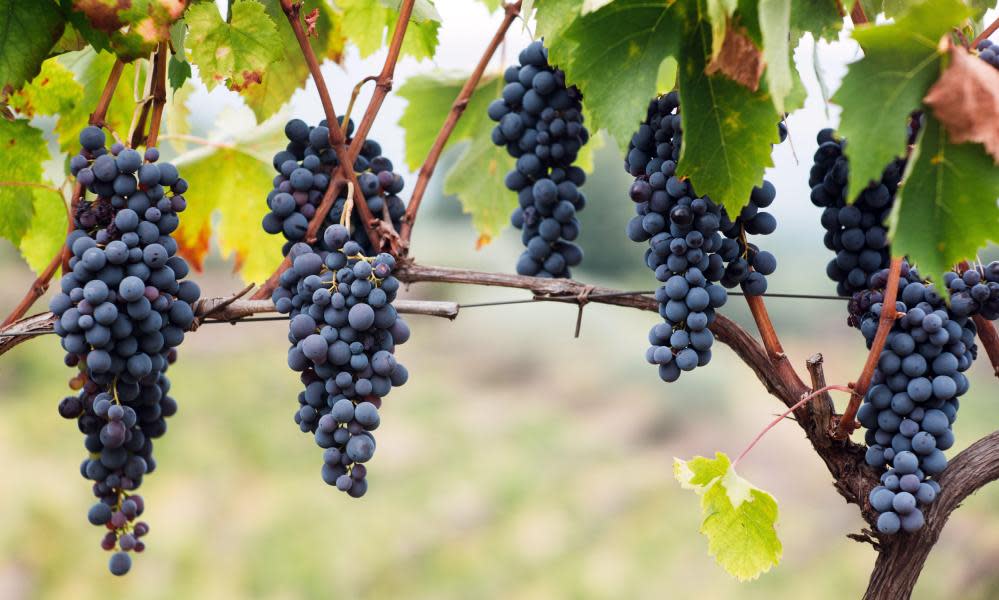New wines for a new year – and old ones enjoying a renaissance

Novelty comes annually to wine, the release of each new vintage bringing, in effect, the release of a new product every year. It means no winemaker can release the same wine two years in succession, even if they wanted to. No matter how obsessively they might try to control all the other variables (same vines, same tanks, same yeasts, same winemaker, same bottle, same label), the year’s weather will always have its say.
Of course, the release of some new vintages is more anticipated than others. Right now, in London, the top end of the Burgundy wine trade is showing off the soon-to-be-released wines of the region’s 2020 vintage, which, by all insider accounts I’ve heard, has brought some beautiful wines into the world, as indeed it seems to have done all over France.
The 2020 wines will feel all the more precious given the viticultural disaster that was 2021 not just in France but across Europe, where late spring frosts, hail and, further south, forest fires, among other Biblical factors, combined to bring the smallest European vintage in 30 years. When I visited the Loire back in November, I came across the sorry sight of empty barrels everywhere, inevitable when producers were facing the loss of up to 80% of their annual crop.
The cycle of vintages isn’t the only source of the new in wine. The frenzy of planting and site-discovery that was such a feature of the previous half century in wine outside Europe – when countries such as Australia, New Zealand, Argentina, Chile and the USA were establishing themselves as peers to France and Italy – may have calmed. Exciting new vineyards are still emerging all over the so-called New World, whether it’s the tiny but extraordinarily promising Place of Changing Winds in the Macedon Ranges region of Victoria in Australia, or the Domaines Barons de Rothschild’s attempt to make a Chinese answer to Château Lafite in the Qiu Shan valley of Shandong province.
In Europe, much of what I think of as new is really a return to the old. Many of the most exciting “new” wines I tasted last year, for example, came from winemakers working rediscovered very old vineyards in places such as the Gredos mountains near Madrid or Mt Etna in Sicily, while others are the result of British merchants’ rediscovery of the joys of eastern European wine culture, from Slovenia and Croatia, to Bulgaria and Romania.
In the same spirit, the use of the original, ancient winemaking vessel, the clay amphora, has become increasingly widely – and deftly – used, while one of the styles associated with these clay pots – wines made from white grapes that have spent so long macerating with their skins the colour has turned orange – has made ever deeper progress into the mainstream. Much to the annoyance of the small-scale producers responsible for the style’s development, the mass-produced “orange” wine, often made in somewhat more industrial stainless steel tanks rather than amphorae, is one of the biggest of wine’s new old things.
Rigal Vin Orange
Vin de France (£10, Morrisons)
One of the best of the new supermarket breed of high-production orange wines, this southern French effort is made using the tangy Gascon gros manseng grape. The extra time in contact with the skins brings an intense nutty-herbal twang and touch of chewy texture to the exotic fruit.
Kvalitetno Vino Croatica Grasevina
Croatia 2020 (£9.95, tanners-wines.co.uk)
There’s nothing “new” about Croatian wines, but there has been a change of attitude towards them among British wine importers. That’s good news for fans of juicy, fresh, aromatically vivacious white wines such as this, made from the grasevina grape (AKA welsch riesling).
Cave de Lugny Chardonnay Mâcon-Villages
Burgundy, France 2020 (£11.95, Waitrose)
Burgundy’s smartest domaines are only just revealing the quality of their 2020s. There are already numerous examples of this vintage out in the wild from bigger producers, with this white showing bountiful ripe rounded fruitiness, honey and luminous brightness.
COS Pithos Rosso di Vittoria
Sicily, Italy 2019 (from £24.10, hedonism.co.uk; lescaves.co.uk; josephbarneswines.com)
A blend of Sicilian local varieties frappato and nero d’avola, this wine is from a small biodynamic producer in southeastern Sicily. Its distinctive sweet-savoury-sour-cherry-plum forms a seductive argument for using terracotta amphorae to make red wine.
Château le Roc Roc’Ambulle Pet Nat Negrette
Fronton, France 2020 (from £15.40, montywines.co.uk; forestwines.com)
Another very old winemaking method enjoying a modern renaissance, pet nat sparklers are made by bottling the wine before it’s finished fermenting, with the CO2 remaining in the bottle. This is a lovely, lively example from vineyards near Toulouse, all sweetly easy-drinking cherry-berry fun.
BEST BUY
4 Monos GR10, Vinos de Madrid, Spain 2018 (£12.67, justerinis.com)
A brilliant entry point for the delicately beautiful infusions of sun-baked hillside herbs, warm earth and red fruit that are the very old vine garnacha-based wines of the Gredos mountains near Madrid. This is filled with fresh wild strawberry succulence.

 Yahoo Movies
Yahoo Movies 
